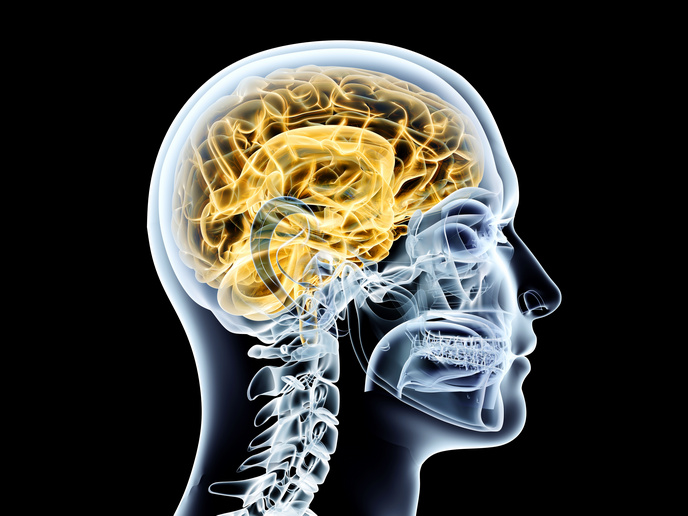Non-surgical device restores heart valve function
The risk of developing heart-related health problems, such as a valve that fails to close properly, increases with age. Life-threatening conditions have traditionally been treated with open-heart surgery. “This is as traumatic as it sounds,” notes CVTVT project coordinator Lucy O’Keeffe from CroíValve(opens in new window) in Ireland. “Such surgery can be difficult for patients to recover from.” As a result, the last 20 years has seen the emergence of alternative therapies. Transcatheter valves(opens in new window) for example, delivered through veins and arteries, can be installed to correct faulty heart valves.
When heart valves stop functioning properly
Our heart contains four valves, which open and close to move blood through the heart. Treating problems related to the tricuspid valve(opens in new window), however, has proved especially challenging. This valve, which is found on the right side of the heart, ensures that deoxygenated blood flows in the correct direction. If the valve fails to close properly however, blood can flow backwards and create serious problems. “When this happens, the heart tries to compensate by working harder,” explains O’Keeffe. “In working harder, the right side of the heart gets bigger, which causes more blood to leak.” Patients with this condition often suffer from severe breathing and mobility issues, which can significantly impact their quality of life. “Although severe tricuspid valve dysfunction is a highly prevalent condition, it has been relatively neglected,” continues O’Keeffe. “The right side of the heart tends to change shape a great deal as a result of heart disease, and medical devices have tended to struggle in order to cope.”
Minimally invasive transcatheter solution
Irish SME CroíValve developed a transcatheter device to specifically address this unmet health need. The device is designed to not only plug the hole left by the faulty tricuspid valve, but also be fixed in place without damaging heart tissue. This has historically been the key challenge in treating tricuspid valves. CroíValve overcame this by finding a way of anchoring the device in a vein just outside the heart. “We have already carried out a great deal of preclinical work to demonstrate how this device works,” says O’Keeffe. “As you might imagine, developing a medical device that is to be implanted in the heart requires a long suite of testing.” This is where the EU-funded CVTVT project came in. “This project was key to enabling us to put what we had as a functional concept through these tests, and to be ready for patient implants,” remarks O’Keeffe. The project opened the way for the first clinical trials to be conducted, with five patients in Poland treated with the device.
Improved patient quality of life
The results have been very satisfying. “We have seen real improvements in the quality of life of all our patients,” notes O’Keeffe. “Some who were constantly breathless and fatigued had these symptoms eliminated, while others who had to sleep sitting up due to fluid in the lungs can now sleep lying down.” The trials also provided O’Keeffe and her team with critical data to further optimise the device. “You can only learn so much from preclinical trials,” she adds. The next steps along the path towards commercialisation include a larger clinical study. “These are patients that would normally spend a lot of time in hospital,” she says. “Keeping them out of hospital for longer is good for their quality of life, and for our burdened healthcare systems.”







